Table of Contents

Starting Your Muay Thai Journey
Becoming a Muay Thai fighter requires dedication, discipline, and a thorough understanding of the sport's demands. From understanding potential earnings and fight frequency to rigorous training and finding the right gym, every aspect plays an important role in your journey. If you're considering becoming a Muay Thai fighter, here's everything you need to know.

How Much Do Muay Thai Fighters Make?
The earnings of Muay Thai fighters vary significantly based on their skill level, experience, location, and popularity. While Muay Thai can provide a living, especially for top fighters, it's crucial to have realistic expectations and understand that it often requires earning extra income through coaching, seminars, and endorsements. Here's a breakdown:
- Amateur Fighters: These fighters typically do not earn money from fights. They might receive some compensation for travel expenses, but their primary focus is gaining experience and recognition.
- Professional Fighters in Thailand: Local fighters in Thailand often earn between $100 to $300 per fight. Top-tier fighters in major stadiums like Lumpinee or Rajadamnern can earn upwards of $1,000 - $3,000 per fight, and champions can make significantly more through sponsorships and bonuses.
- International Fighters: Those who fight internationally or in high-profile promotions like ONE Championship can earn considerably more, with purses ranging from a few thousand dollars to hundreds of thousands per fight, depending on their popularity and also the event's prestige.
How Often Do Muay Thai Fighters Fight?
The frequency of fights depends on the fighter's level and goals:
- Amateur Fighters: These fighters might compete a few times a year, balancing fights with training and other responsibilities they may have.
- Professional Fighters in Thailand: It's common for fighters in Thailand to compete every month or even every few weeks. This high frequency helps them gain experience quickly.
- International Fighters: Fighters competing in international promotions might fight 3-6 times a year. The recovery and preparation for these bouts are typically a lot more intensive.
How Do Muay Thai Fighters Train?
Training for Muay Thai is rigorous and requires discipline. It involves focusing on various aspects to develop a well-rounded fighter. Here’s a typical training regimen for Muay Thai fighters:
- Conditioning: Cardiovascular conditioning, running, and strength training are crucial. Fighters often run 5-10 kilometers daily to build stamina.
- Technical Training: This includes practicing punches, kicks, elbows, and knees, as well as clinch work and defensive techniques. Sparring is a critical component to apply techniques in a simulated fight environment.
- Pad Work: Fighters train with coaches holding pads to simulate fighting scenarios, improve technique, and develop power.
- Bag Work: Heavy bag training helps develop power and endurance.
- Mental Preparation: Mental toughness and strategy are vital. Visualization, meditation, and studying opponents’ tactics are common practices.
Finding a Good Muay Thai Gym - What to Look For?
Choosing the right gym is one of the most important factors for your development as a Muay Thai fighter. Here are some tips to find a good gym:
- Reputation: Although there may be some hidden gems, famous Muay Thai gyms are famous for a reason. Look for gyms with a strong reputation and a history of producing successful fighters. Online reviews and recommendations from experienced fighters can be helpful.
- Coaches: Experienced and knowledgeable coaches are essential. They should have a background in competitive Muay Thai and be capable of teaching all aspects of the sport.
- Facilities: Good gyms should be hygienic, have adequate facilities, including a ring, various bags, pads, and other training equipment.
- Training Environment: The gym should foster a supportive and challenging environment. It's highly important that the gym has fighters of varying skill levels, so you can find sparring partners and continue to progress. Watch a few classes to see if the atmosphere and training style suit you.
- Location: Proximity to your home or work can make a big difference in consistency. Choose a gym that you can attend regularly without much hassle.


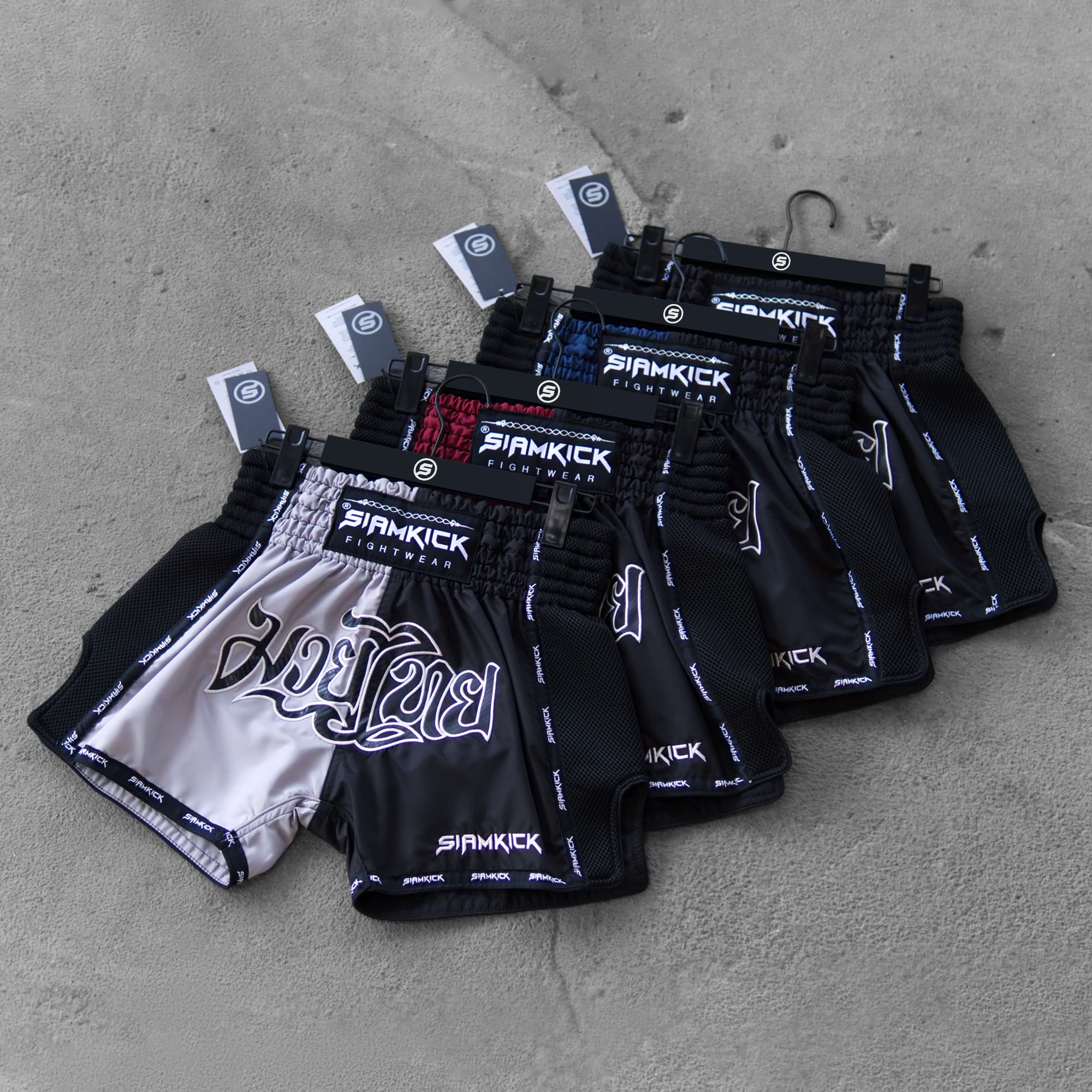
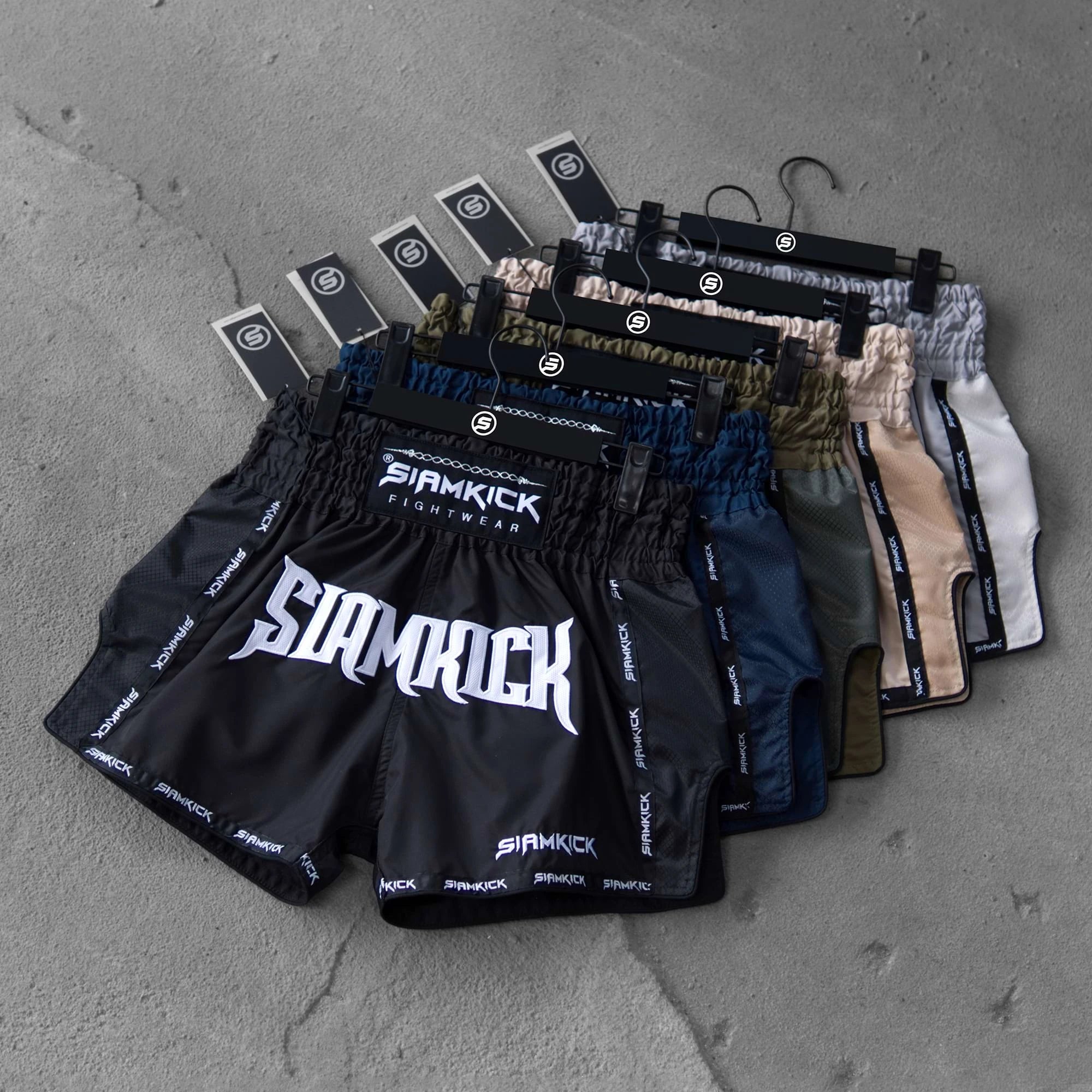
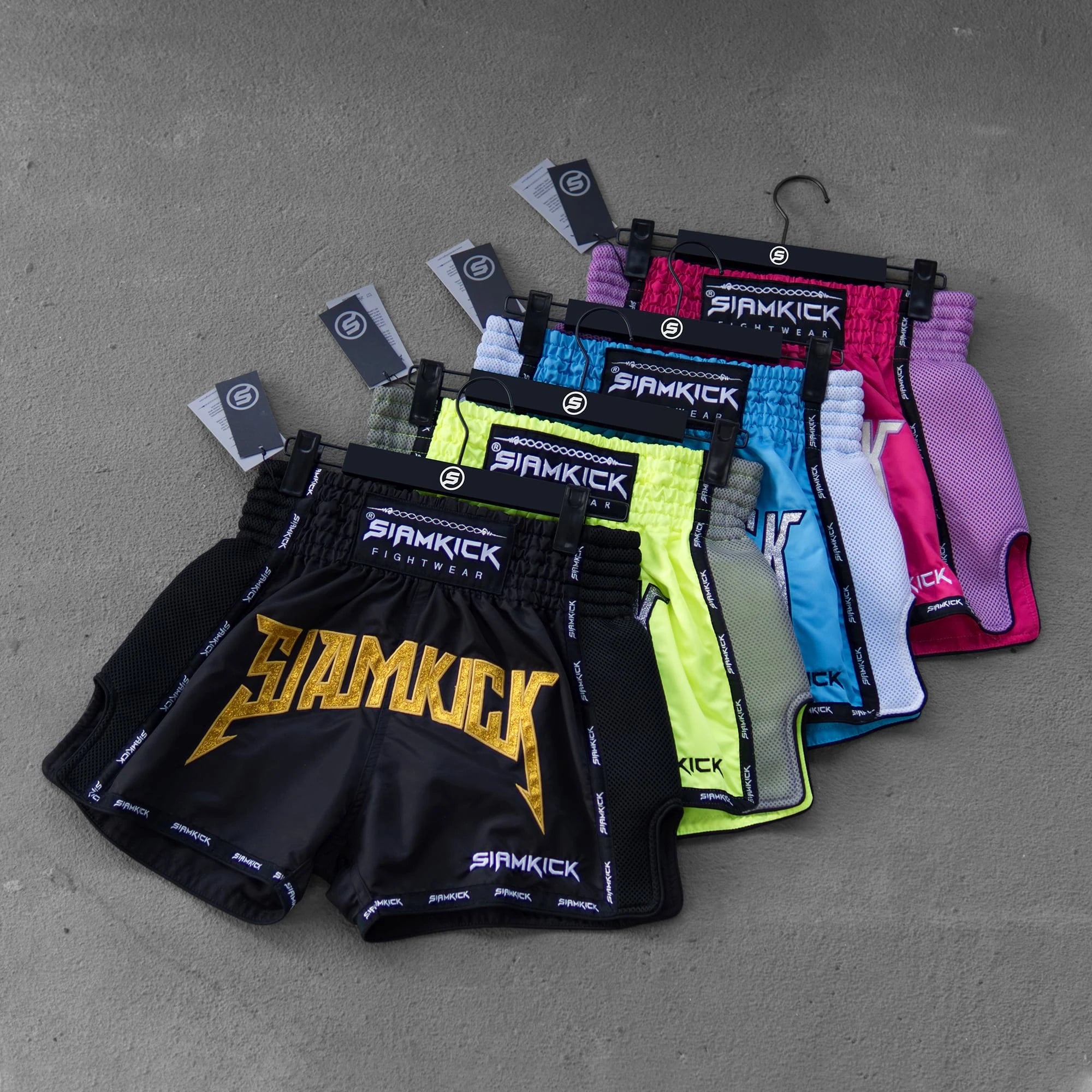
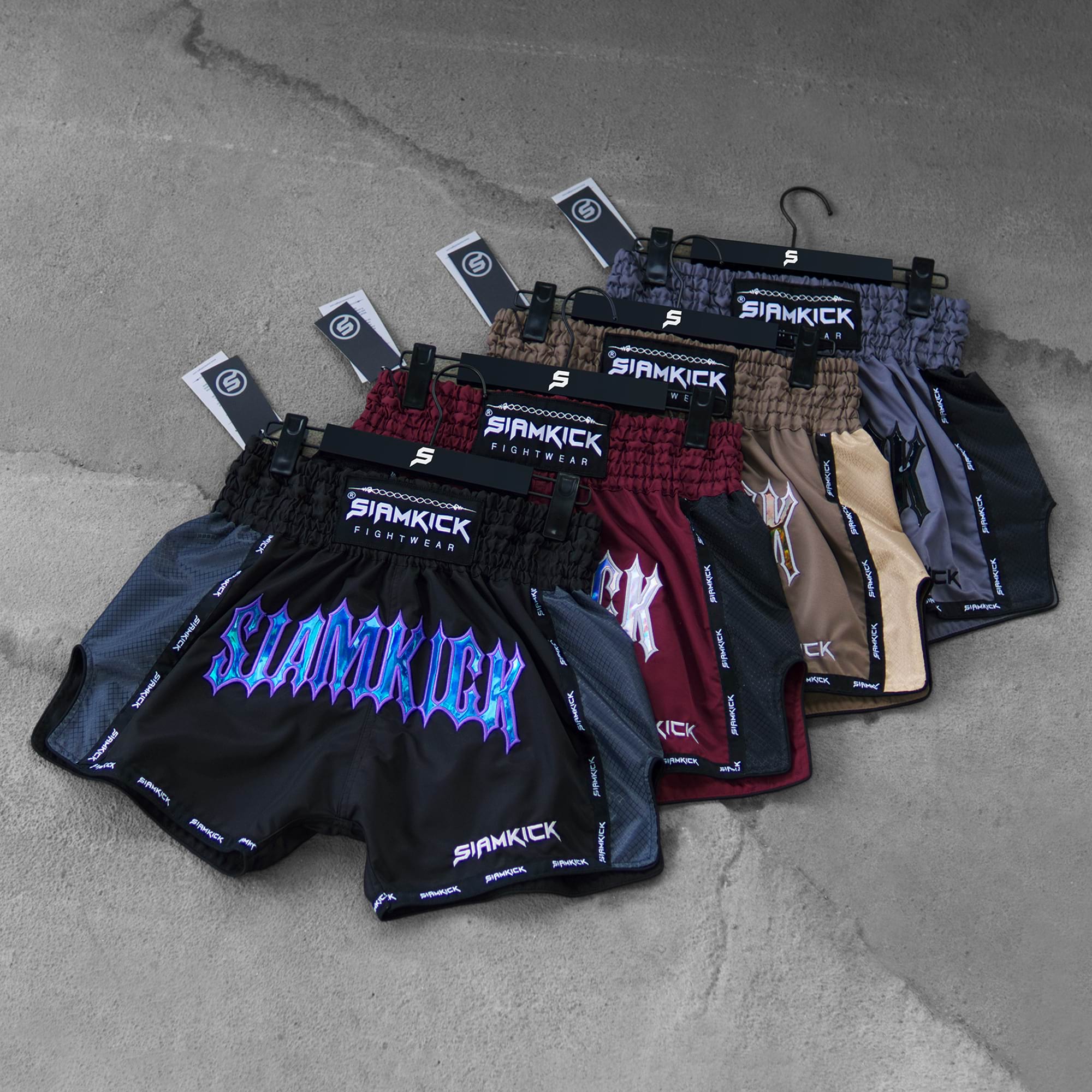




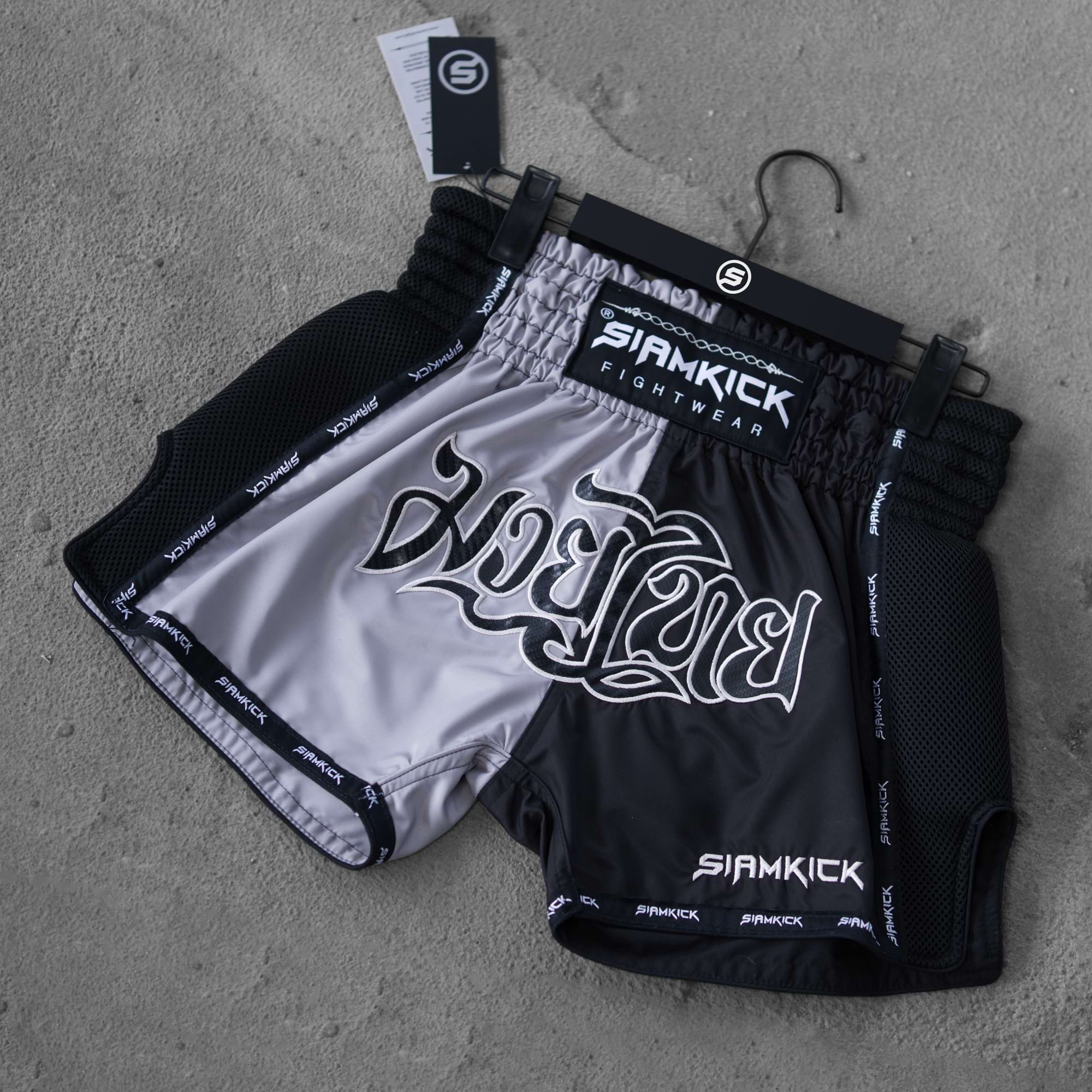
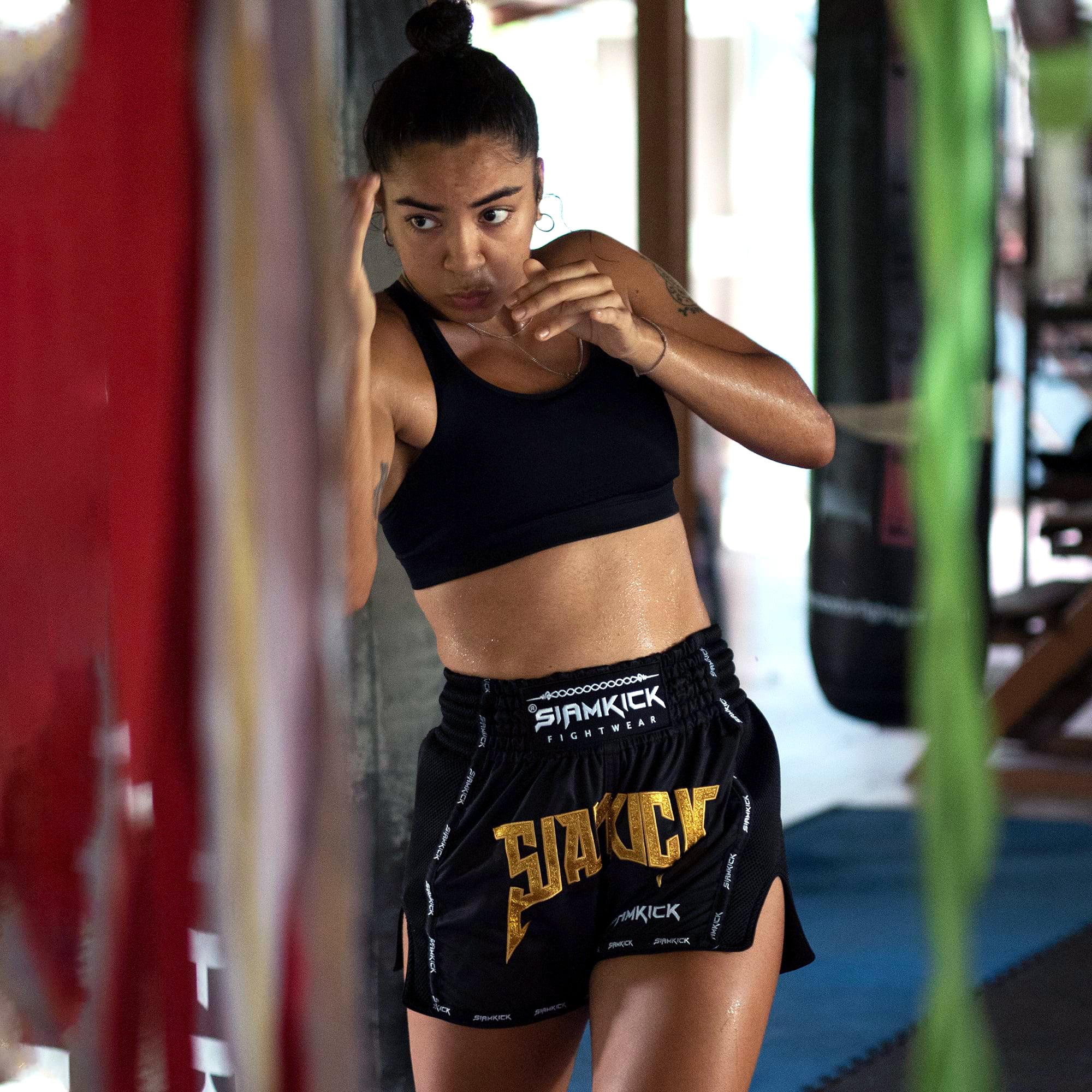



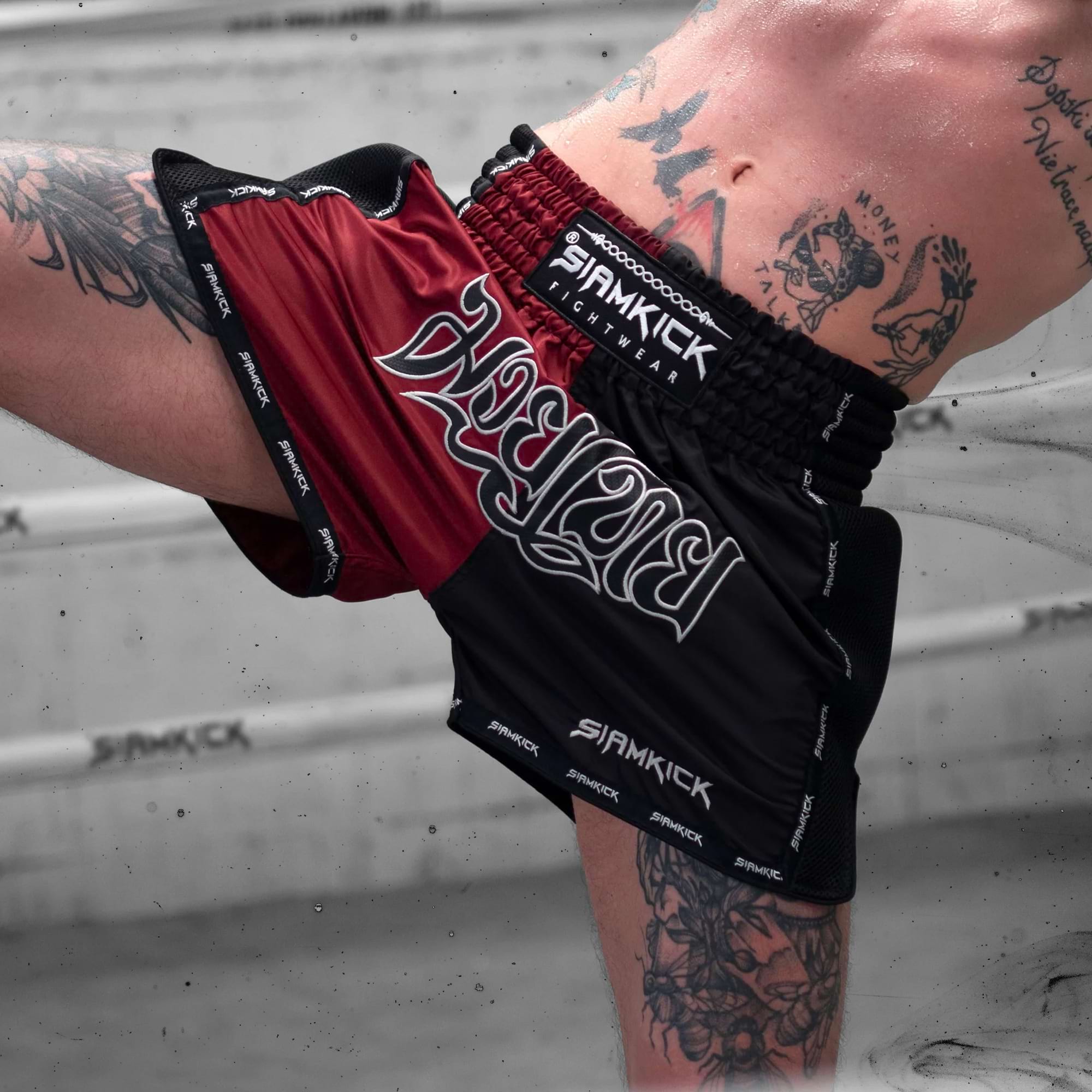
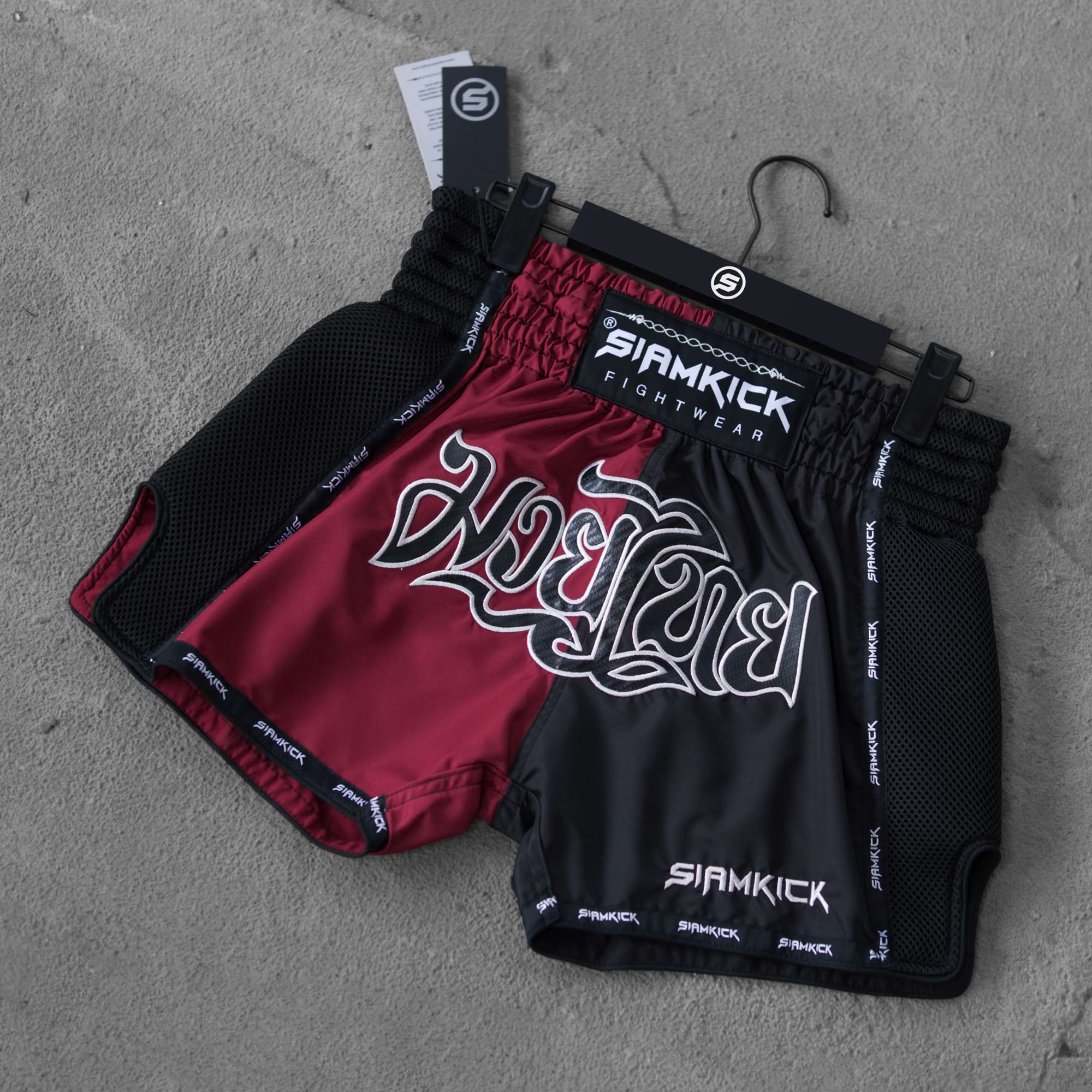
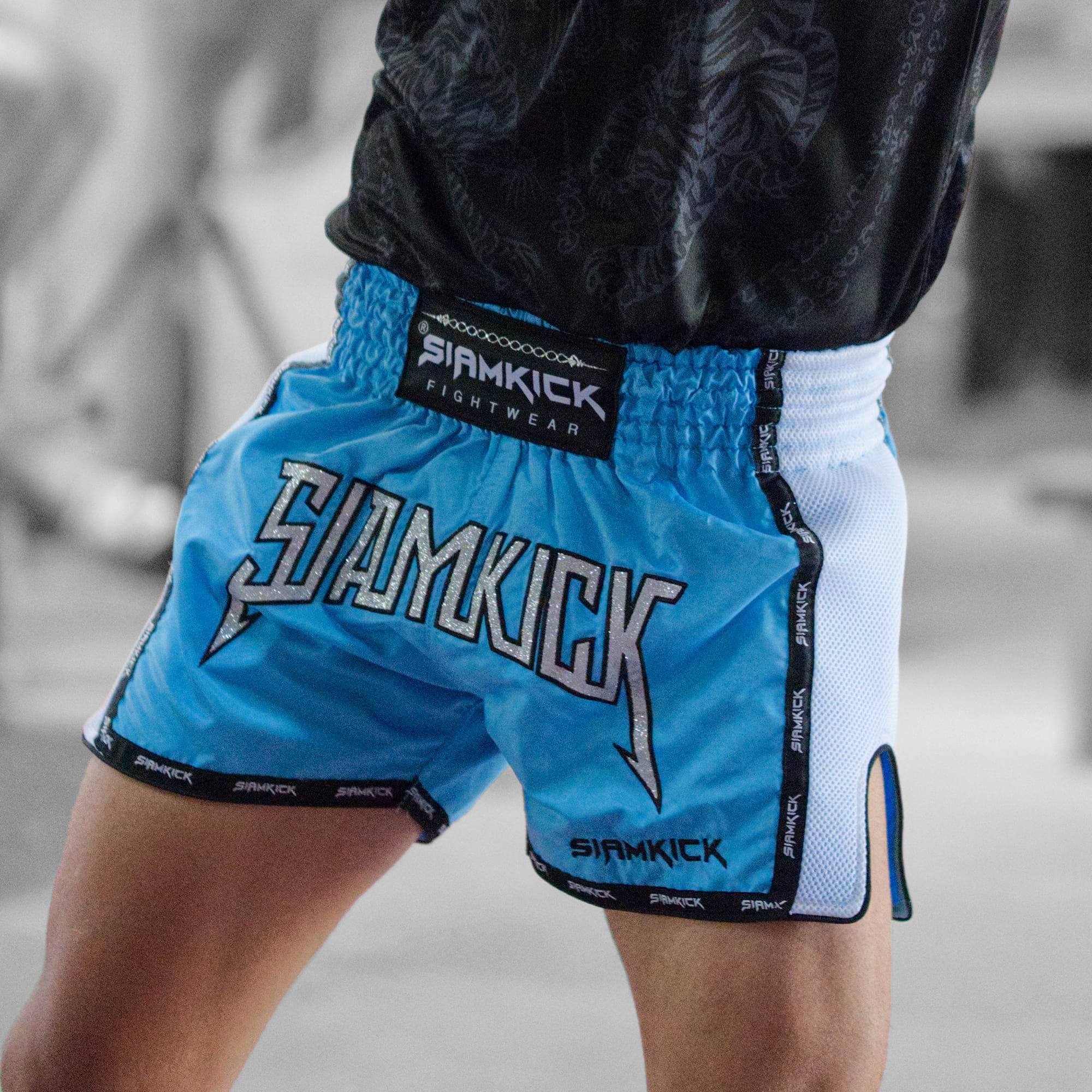
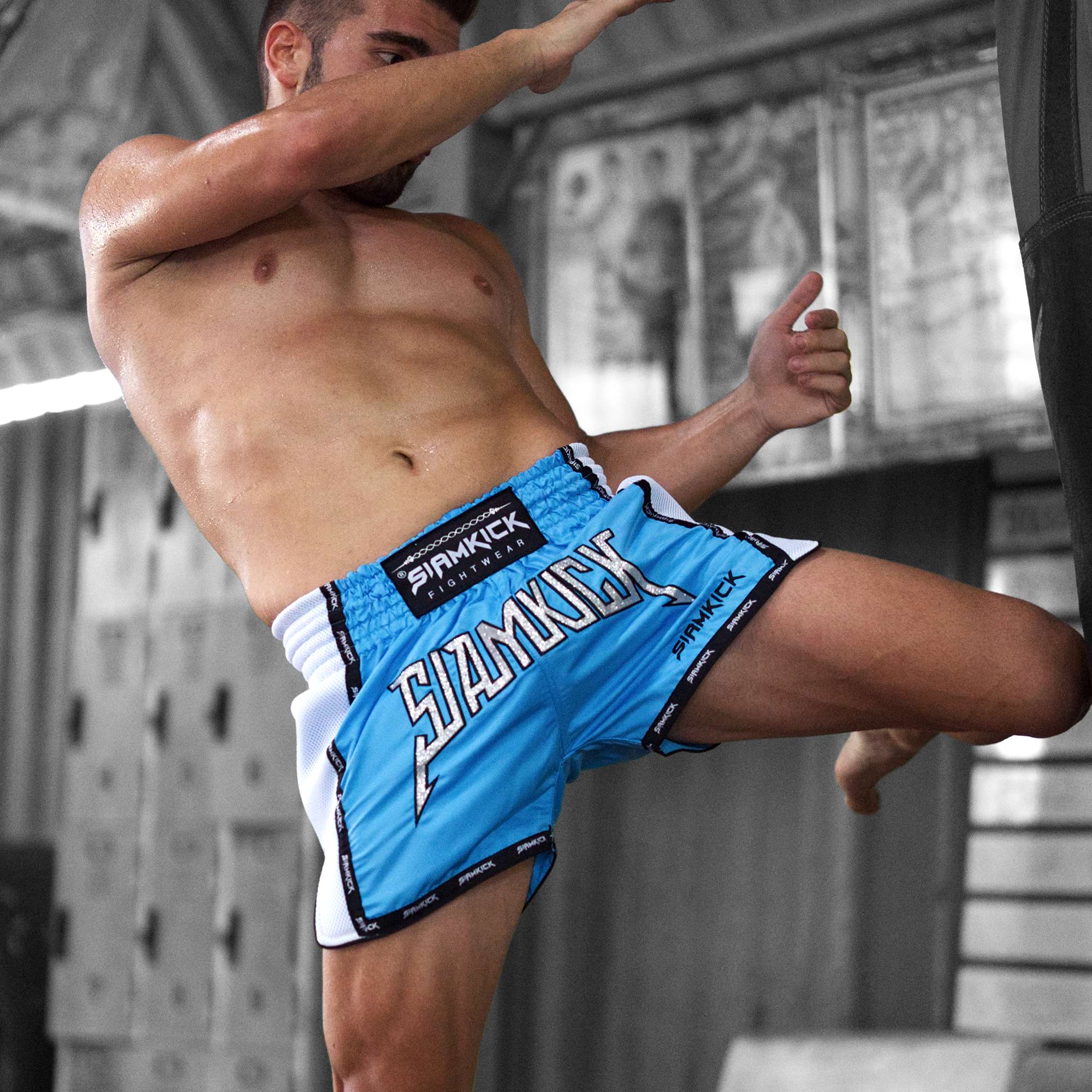








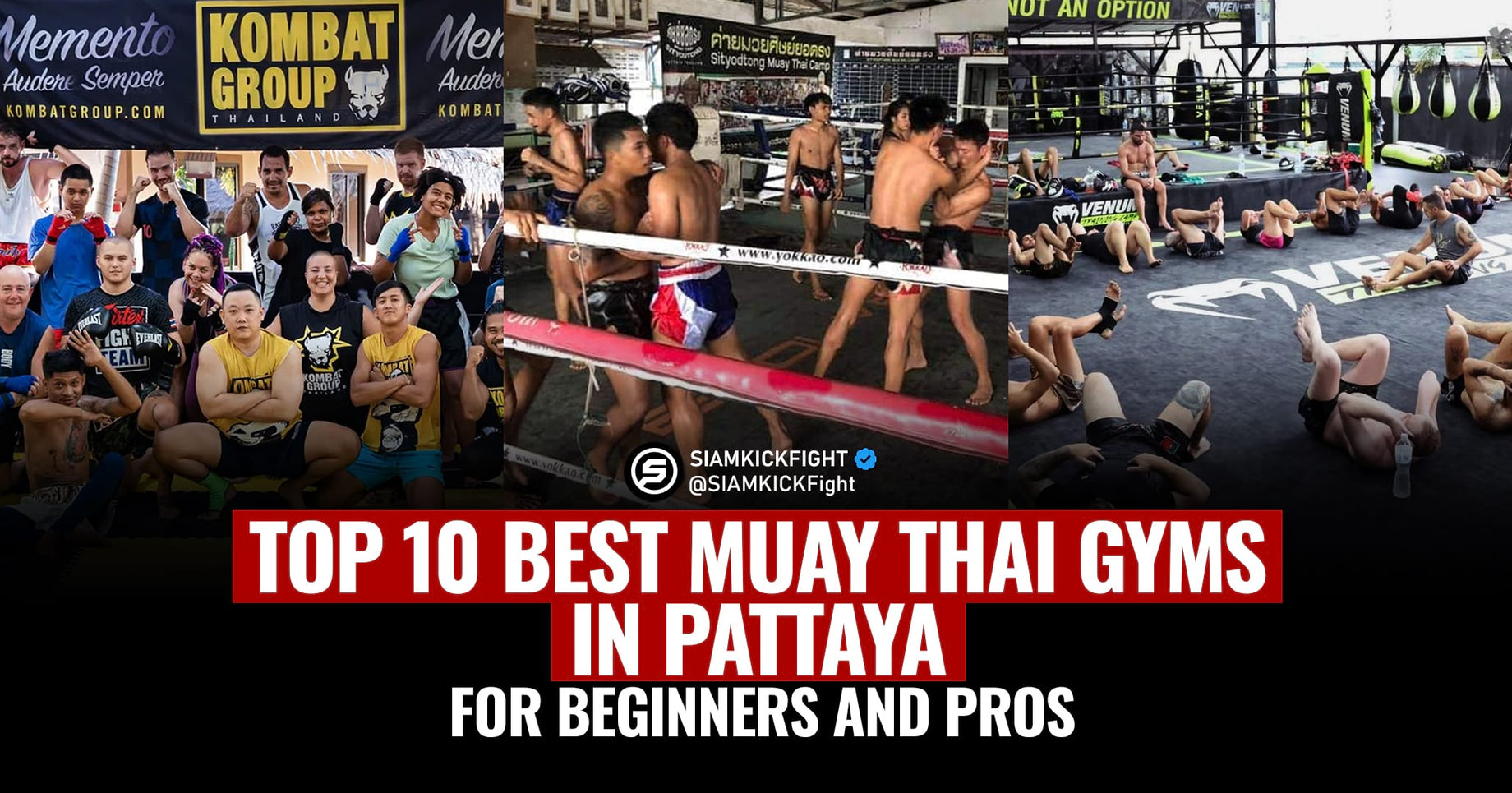
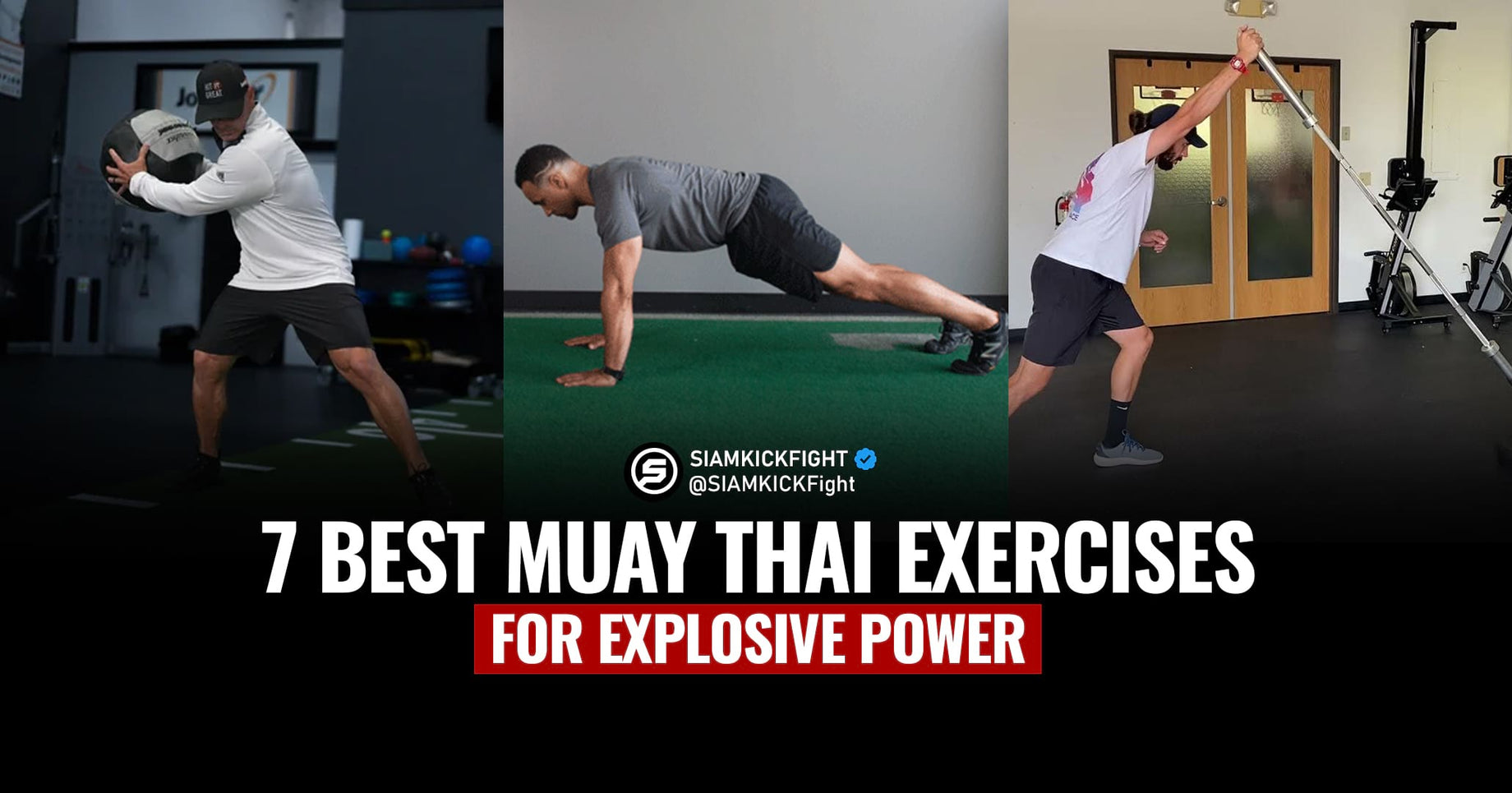

1 comment
Thank you so much for the information
This help me a lot